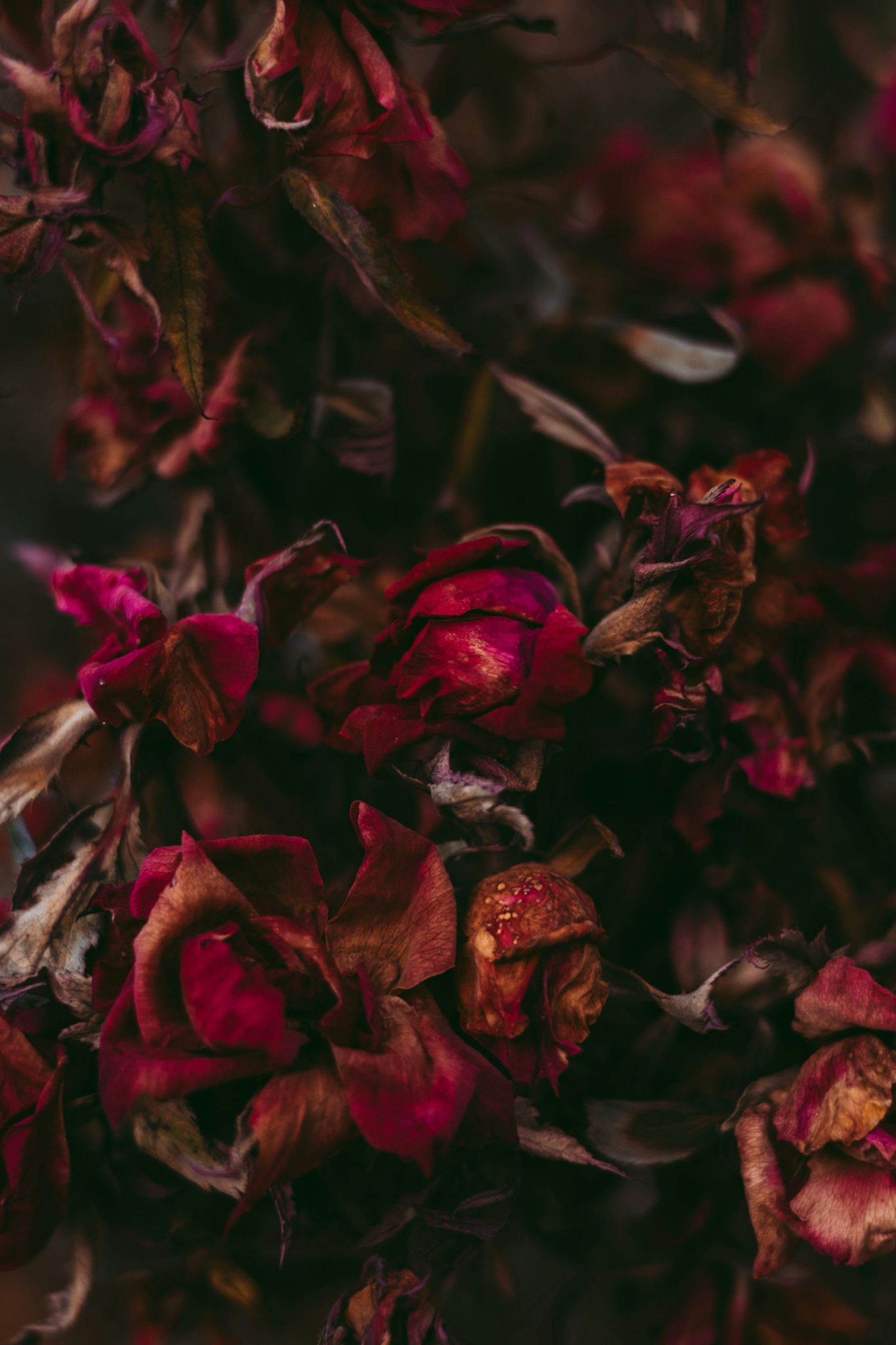Introduction
Attracting hummingbirds to your garden is not only a delightful vision but also contributes to the health of your garden by aiding in pollination. Fast-growing flowers that attract hummingbirds are a go-to solution, especially in North Carolina. This paper aims to educate outdoor enthusiasts about suitable flower species that quickly grow, enticing these airborne gems and contributing to your garden’s vibrancy and life.
Overview of North Carolina’s Climate and Growing Conditions
North Carolina falls primarily within USDA Hardiness Zones 7-8, favoring a diverse range of plant life. The state’s climate can significantly vary, especially when comparing the cooler, mountainous regions in the north with the warmer, humid conditions in the southern parts. Understanding regional climate variations greatly aids in enhancing your gardening efforts and selecting suitable flower species.
Fast-Growing Flower Species for Attracting Hummingbirds
The key factors when choosing any plant, not least those attracting hummingbirds, are fast growth, high attractiveness to our feathered friends, and a marked suitability to North Carolina’s climate. Here are some top fast-growing flowers perfect for both you and the hummingbirds.
- Daylily (Hemerocallis): With their trumpet-like shape, these flowers bloom in spring and fall and require at least six hours of direct sunlight, making them perfect fast-growing flowers attracting hummingbirds.
- Columbine (Aquilegia): These perennial and drought-resistant plants do not demand excessive water and are perfect for North Carolina’s heat.
- Sage (Salvia, incl. Pineapple Sage): The long-lasting nectar supply of these Sage varieties and their drought-resistance make them perfect for North Carolina’s summer heat.
- Lantana (Lantana camara): These flowers’ drought-resistant and easy to grow nature make them perfect for the southern part of North Carolina.
- Honeysuckle (Lonicera): Their rapid growth and year-round flowering benefit gardeners and hummingbirds alike.
- Pentas (Pentas lanceolata): Pentas bloom continuously, thrive in heat, and can be grown in pots, baskets, and containers, catering to a variety of gardening styles.
Native Flower Species and Long-Term Projects
Native plants play an essential role in our ecosystem conservation. They’re not only cost-effective but also environment friendly and aid in preserving habitats. Here are some native North Carolina flowers for hummingbirds.
- Coral Honeysuckle (Lonicera sempervirens): Native to North Carolina, these bright red flowers attract hummingbirds and grow rapidly in full sun. Coral honeysuckle growth characteristics make them a fantastic addition to any garden.
- Bee Balm (Monarda didyma): These vibrant red flowers attract hummingbirds and thrive in full sun to partial shade.
For moderate and long-term growth options, consider:
- Blue Lobelia (Lobelia siphilitica): Known for their purple-blue flowers, they bloom from July to October and prefer moist, sandy, or loamy soil.
- Cardinal Flower (Lobelia cardinalis): These red flowers enjoy moist soil near streams or ponds and bloom from midsummer to late fall. Their bloom period and their passion for moist areas make them perfect for regions in North Carolina with higher rainfall.
Region-Specific Recommendations and Practical Tips
In Southern North Carolina, heat and humidity-tolerant flowers like Lantana and Pineapple Sage are ideal as these regions have longer growing seasons. For general care, preparing the soil and ensuring it receives enough sunlight combined with the right watering and fertilization schedules can yield profound growth and results.
Proper planning can smooth your planting processes. Some flowers have their specific planting times, and planning ahead ensures consistent blooming. Additionally, understanding common pests and diseases, managing soil, and water issues will help guard your garden against potential challenges.
Conclusion
Our look into fast-growing flowers to attract hummingbirds in North Carolina highlighted a wide range of species suitable for the region’s climate. Gardeners can choose from a varied list of immediate growth and long-term planting options, keep climate compatibility in mind, and use local resources for added support. Onward and forward, may your garden bloom and your efforts bear fruit in the mesmerizing sight of hummingbirds fluttering about.

